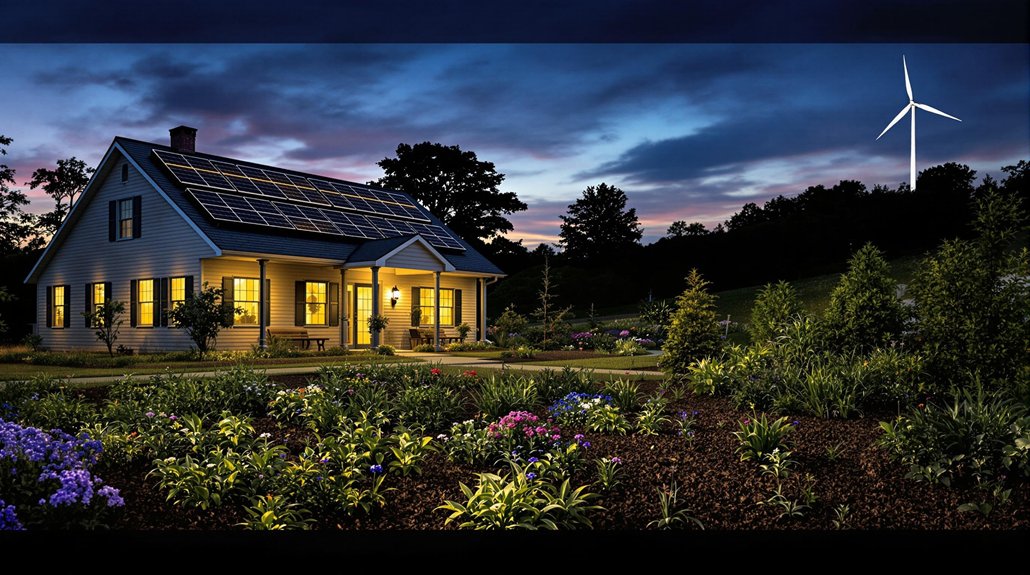Amazon’s turning sewage into cooling water for its AI-hungry data centers. The company plans to expand this toilet-to-tower recycling system to over 120 facilities by 2030, cutting water use while AI demands explode. They’re already 53% water positive, whatever that means. With $100 billion earmarked for new centers, recycled wastewater beats draining local water supplies. It’s gross but smart—servers don’t care where their cooling comes from. The real details about this liquid innovation might surprise you.
While Amazon builds data centers at a breakneck pace across America, the tech giant faces a less glamorous problem: keeping these power-hungry facilities from sucking communities dry. The solution? Recycled toilet water, basically.
Amazon plans to expand wastewater recycling to over 120 U.S. data centers by 2030. Instead of guzzling drinking water like some digital drunk, these facilities will use treated sewage for cooling. It’s practical, if not exactly appetizing. The company’s already cut water use by 40% over three years through closed-loop systems that reuse the same water multiple times. Fancy membrane filters and chemical treatments keep things clean enough for servers, though you still wouldn’t want to drink it.
The whole operation runs on different cooling methods, from evaporative systems that use more water but less power, to air conditioning that does the opposite. Smart systems adjust based on local conditions. Makes sense when you realize two-thirds of new data centers sit in water-stressed regions. Nothing like building your thirstiest infrastructure where water’s already scarce. The company’s Santiago expansion into Chile with $400 million worth of new facilities highlights this contradiction perfectly.
Amazon promises to be “water positive” by 2030, returning more water than it uses. They’re at 53% of that goal, up from 41% last year. The math involves partnerships with tribes and conservation groups, wetland restoration, and groundwater recharge projects. Whether that actually balances out the massive water appetite of AI infrastructure remains debatable.
The real twist is the water-energy trade-off. Save water, burn more electricity. Save power, use more water. Pick your poison. Some facilities harvest rainwater alongside solar panels, trying to thread the needle. Others tap into regional hydroelectric systems, linking water and energy strategies in ways that make your head spin. Amazon’s water use efficiency clocks in at 0.15 liters/kWh, half of what Microsoft manages, suggesting their cooling designs actually deliver.
Reports conveniently skip the indirect water use from power plants feeding these facilities. That’s like counting calories but ignoring the milkshake. The integration of solar technology with datacenter designs could significantly reduce both carbon footprint and external energy dependency, following industry leaders like Germany and China.
With $100 billion earmarked for new data centers, Amazon’s toilet-to-tower innovation might be the unglamorous hero we need. As AI’s thirst grows exponentially, recycled wastewater could keep both servers cool and communities from running dry. Not exactly the future we imagined, but it’s the one we’re getting.
References
- https://sustainability.aboutamazon.com/natural-resources/water
- https://www.aboutamazon.com/news/sustainability/amazon-water-conservation-replenishment-sustainability
- https://www.geekwire.com/2025/as-data-center-demand-soars-amazon-expands-use-of-wastewater-to-cool-its-cloud/
- https://grist.org/technology/amazon-data-centers-water-positive-energy/
- https://dww.show/amazons-water-footprint-tech-giants-quest-for-water-sustainability/








